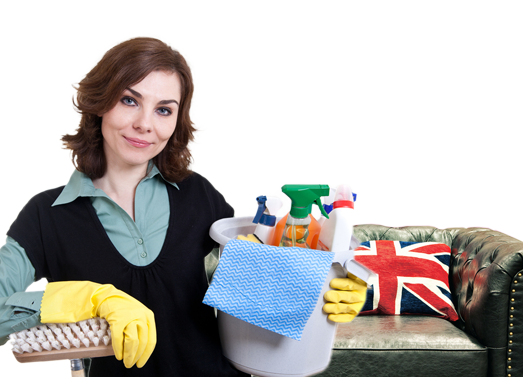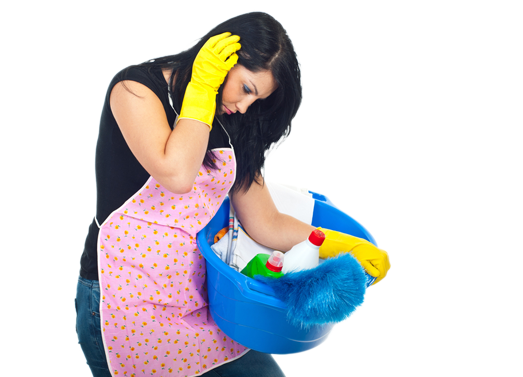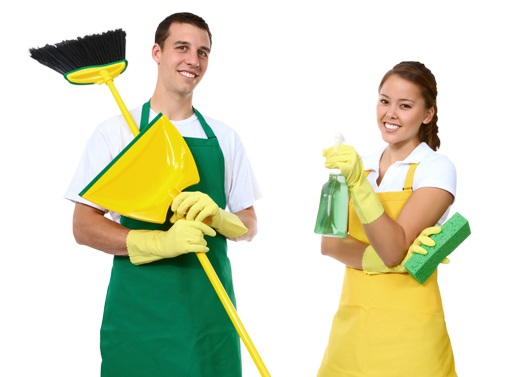Innovative Solutions for Cleaning Burnt-on Residue from Stovetops
Posted on 21/09/2025
Innovative Solutions for Cleaning Burnt-on Residue from Stovetops
Keeping your kitchen sparkling clean is no small feat, especially when faced with stubborn, burnt-on residue on stovetops. These grimy deposits not only ruin the aesthetic of your cooking space but can also be breeding grounds for bacteria and reduce the lifespan of your appliance. If you've ever felt frustrated after scrubbing endlessly with little to no success, this comprehensive guide will introduce you to new and innovative solutions for cleaning stubborn stovetop stains. Say goodbye to elbow grease and discover proven techniques and advanced products that will have your stovetop shining like new!
Understanding the Problem: Why Burnt-on Residue Happens
Before diving into the solutions, it's essential to understand why burnt-on residues are so challenging to remove. Food splatters, spills, and excessive heat can cause oils, sugars, and other ingredients to adhere tightly to your stovetop's surface. Over time, repeated cooking without immediate cleaning leads to layers of charred debris, creating a tough, darkened crust. Different stove types--glass, ceramic, gas, or electric--may also react differently to cleaning methods, making it crucial to use the right approach for your stovetop.
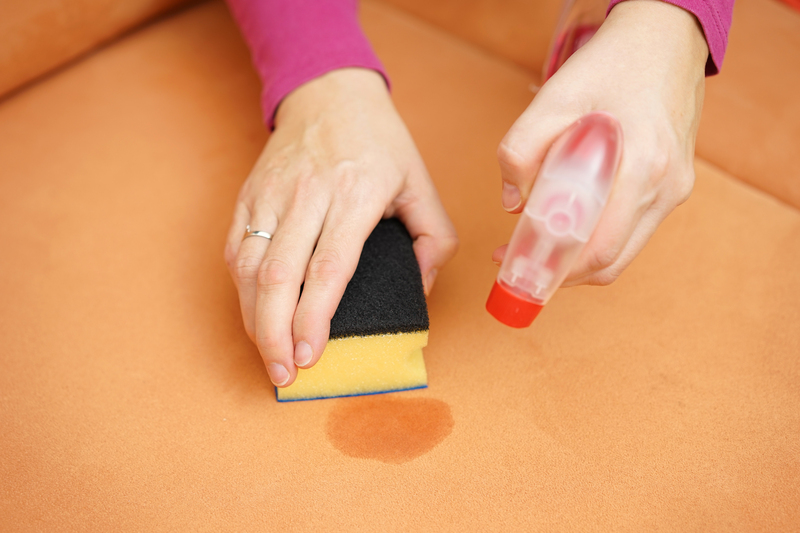
Standard Vs. Innovative: Why Traditional Methods Fall Short
Traditional approaches--like scrubbing with kitchen sponges and generic cleaning sprays--often fail to lift heavy, burnt-on grime and can leave frustrating streaks or, worse yet, damage the stovetop's surface. Plus, harsh chemicals may pose health risks. That's where modern, innovative cleaning solutions for burnt-on residue come into play, using science, technology, and eco-friendly practices to achieve superior results without hassle.
Top Innovative Solutions for Cleaning Burnt-on Residue from Stovetops
Below, we delve into the best advanced methods and products that truly work for cleaning burnt-on residue from stove tops. Each method is tailored to be both effective and safe for a variety of surfaces.
1. Steam Cleaning: Harnessing the Power of Hot Vapor
- How it Works: Steam cleaners use high temperatures to loosen and dissolve stubborn grime without the need for harsh chemicals.
- Why It's Innovative: Unlike scrubbing, steam penetrates micro-cracks to remove hidden residues, making it suitable for even delicate glass stove tops.
- How to Apply:
- Fill your cleaner with water according to the manufacturer's instructions.
- Allow the appliance to heat up and direct the steam nozzle at the affected area for several seconds.
- Wipe away debris with a microfiber cloth.
- Bonus Tip: Steam cleaning also sanitizes your stovetop while cleaning!
2. Baking Soda & Hydrogen Peroxide Paste
- A Natural, Science-Based Solution: Baking soda acts as a gentle abrasive, while hydrogen peroxide breaks down organic material.
- How to Use:
- Mix a few tablespoons of baking soda with enough hydrogen peroxide to create a spreadable paste.
- Apply the mixture generously to burnt-on stains.
- Let sit for 20-30 minutes to break down residue.
- Gently scrub with a soft sponge and wipe clean.
- Why It's Effective: This eco-friendly stovetop cleaning hack breaks tough bonds without scratching surfaces or leaving residues.
3. High-Tech Cleaning Pads with Micro-Polishers
- What's New? Recent developments include non-scratch cleaning pads infused with micro-polishers to safely cut through burned deposits.
- Best Use: Ideal for glass and ceramic stovetops, these pads allow you to clean without the risk of etching or cloudy marks.
- Try This: Brands like Weiman or Scotch-Brite now offer specialized stovetop pads that outperform regular sponges.
4. Enzyme-Based Cleaners: Breaking Down Food Residue Naturally
- How They Work: Enzyme formulas are designed to digest food residues, grease, and proteins, turning them into removable particles.
- Applications:
- Spray the cleaner directly on burnt-on messes.
- Allow 15-20 minutes for the enzymes to break down organic matter.
- Wipe away with a damp microfiber cloth.
- Eco-Friendly: These products are non-toxic, biodegradable, and safe for households with children or pets.
5. DIY Gel Cleaners for Vertical Surfaces
- Why Gels? Gel formulas cling to vertical burners and the edges of stovetops, working longer where liquids run off.
- DIY Recipe:
- Mix 1/2 cup baking soda, 1/4 cup hydrogen peroxide, and enough cornstarch to create a thick, spreadable gel.
- Apply with a spatula, let sit for up to an hour, then wipe or gently lift away loosened grime.
- Perfect For: Burners and stubborn side spots where residue is toughest to clean.
Stovetop-Specific Cleaning Techniques
Cleaning Glass and Ceramic Stovetops
- Use Non-Abrasive Tools: Never use steel wool or razor blades, as these can permanently scratch or crack glass or ceramic surfaces.
- Preferred Cleaners: Look for specialized glass cooktop cleaners that offer a gentle polish; alternatively, the baking soda method above works wonders.
- Microfiber towels ensure a streak-free finish and help preserve the elegant look of your cooktop.
Cleaning Gas and Electric Coil Stovetops
- Removable Parts: Most gas burner caps and electric coils can be detached. Soak these in hot, soapy water before scrubbing with a soft brush.
- Treat the Grates: Use an ammonia-based bag method:
- Seal the grates in a plastic bag with a small amount of household ammonia for a few hours.
- Warning: Always rinse thoroughly and work in a well-ventilated area.
- Finish the Surface: Use the described steam-cleaning or gel cleaner solutions for the stovetop itself to remove residue without damaging metal or enamel.
Technological Innovations: Smart and Self-Cleaning Stovetops
Technology is rapidly transforming the way we maintain our kitchens. Recent advances in self-cleaning stovetop technologies include:
- Induction Hobs: These surfaces stay relatively cool during cooking, preventing food from burning on and making messes easier to wipe clean.
- Integrated Cleaning Sensors: Some high-end stovetops now feature sensors that detect spills and can recommend cleaning cycles or adjustments.
- Nanotechnology Coatings: These new coatings repel food and grease, making regular cleaning effortless and preventing burnt-on buildup.
Eco-Friendly and Non-Toxic Cleaning Options
- Vinegar and Lemon Juice: These acids are excellent for dissolving minor stains and deodorizing your cooktop naturally.
- Plant-Based Cleaners: Eco-friendly brands are producing enzyme and plant-based sprays specifically formulated to tackle burnt-on residue from stovetops with minimal environmental impact.
- Reusable Cleaning Pads: Minimize waste by investing in durable, washable pads that last longer and reduce landfill contributions.
Preventing Burnt-on Residue: Proactive Maintenance Tips
An ounce of prevention is worth a pound of cure when it comes to keeping your stovetop spotless. Follow these expert tips to minimize the chance of residues building up in the first place:
- Wipe up spills immediately with a damp cloth to prevent them from hardening.
- Use splatter guards or pot lids to reduce the spread of food when frying or boiling.
- Deep clean your stovetop weekly, not just after visible stains appear.
- Regularly maintain removable parts like grates and burners, soaking and cleaning as needed.
- Apply a protective solution or stovetop conditioner to create a barrier against future adhesion.
When to Call in the Professionals
While many homeowners can tackle cleaning burnt-on residue from stovetops with the solutions described above, there are times when it's wise to hire a professional:
- Deep-set or decades-old stains that resist all DIY methods
- Specialized surfaces--such as antique enamel or premium induction glass--that require expert care
- Warranty issues or if you fear permanent damage
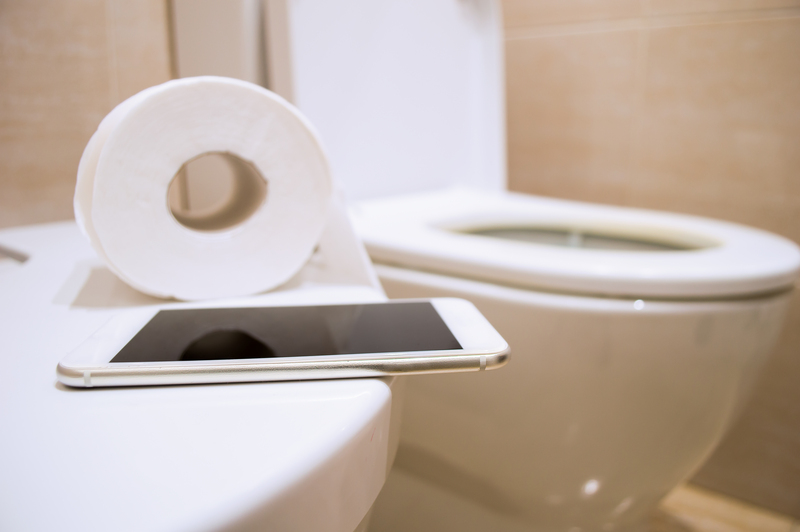
Common Mistakes to Avoid When Cleaning Burnt-On Stovetops
Avoid these pitfalls to ensure safe, effective results when using both standard and innovative stovetop cleaning solutions:
- Using abrasive scrubbers that can scratch sensitive surfaces
- Applying too much water around electric components, risking shock or malfunction
- Mixing harsh chemicals (such as bleach and ammonia), which can generate toxic fumes
- Rushing the process--always allow cleaning agents time to work
Conclusion: Achieve a Spotless, Hygienic Stove with Innovation
There's no need to dread cleaning burnt-on residue from your stovetop. With the arrival of innovative, targeted solutions, keeping your kitchen centerpiece sparkling clean is now faster, safer, and more effective than ever. Whether you opt for high-tech gadgetry like steamers, natural pastes, or advanced enzyme sprays, the key is to apply the correct method for your surface type. Combine these modern stovetop cleaning techniques with regular maintenance and a touch of prevention, and you'll enjoy a hygienic, beautifully clean cooking environment every day.
For more guides and expert tips on maintaining your kitchen, bookmark this article and keep experimenting with innovative stovetop cleaning solutions to find the perfect fit for your needs!


